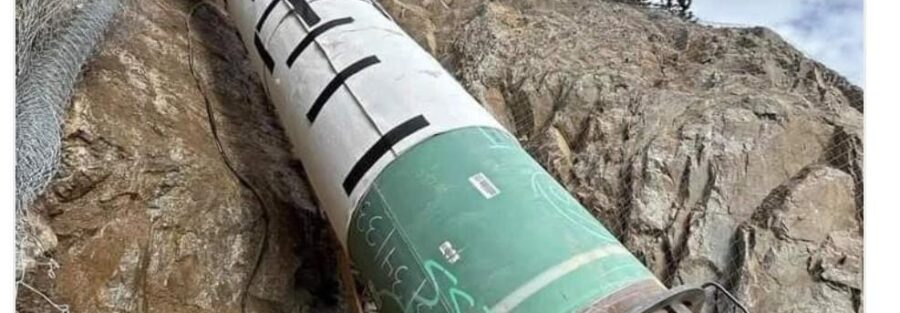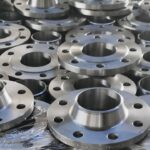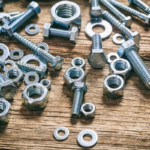By definition, pipe welding and pipeline welding are two independent techniques. Pipe welding is used to construct massive pipes within oil refineries and chemical plants. Meanwhile, pipeline welding aims to create a consistent, nationwide pipeline network that runs beneath highways and buildings.
What is Pipeline Welding?
Pipeline welding, also known as girth welding, is a fabrication process that connects pipes to build a network.Pipeline welding requires a unique combination of skills and knowledge since welders must be able to weld in a range of positions and situations, often in remote locations and in poor weather conditions.
Common Types of Welding Used in Pipelines
The following welding methods are typically used in pipelines:
Shielded Metal Arc Welding (SMAW)
Manual Metal Arc (MMA) or Shielded Metal Arc Welding (SMAW) is one of the most used types of pipeline welding. It is also called as stovepipe welding since it does not require shielding gas or flux, making it more versatile and portable, albeit at a slower speed. An electric arc produces heat, melting the electrodes used to solder the pipelines.
Flux-Cored Arc Welding (FCAW)
Unlike GMAW, Flux-Cored Arc Welding (FCAW) employs semi-automatic equipment to quickly pierce metals without the need for an external shielding gas. FCAW has lower deposition rates, but it is more suited for windy conditions and outdoor applications.
Submerged Arc Welding (SAW)
Semi-automatic Submerged Arc Welding (SAW) creates an electric arc between the workpiece and a constantly fed electrode. Tracing is more difficult when the arc is not visible. In contrast, it delivers flawless surfaces as compared to other pipeline welding procedures.
Each technique has advantages and disadvantages, and the choice will be based on the pipeline’s specific requirements.
How to Begin Pipeline Welding?
Before beginning the process, make sure to prepare basic pipeline welding equipment such as:
Power source
Welding guns
Connector cables
Shielding gas equipment
Wire feeder
The following are the steps to take before welding your pipelines.
Prepare joint-butt welds using the API 1104 standard criteria.
Clean the pipeline ends to remove any rust, paint, varnish, or oil residue.
Weld in the root passes after checking the preheat and other criteria.
Examine the welds to ensure that they are of the highest quality, and that the pipeline is safe and reliable. Any issues or faults in the welds must be identified and corrected before the pipeline can be put into service.
The pipeline can be tested using a variety of methods, including hydrostatic and pneumatic testing. Hydrostatic or pneumatic testing involves filling a pipeline with water, air, or gas and pressurizing it to a certain level in order to discover leaks or defects.
Conduct routine checks of welding components and make repairs as needed.




